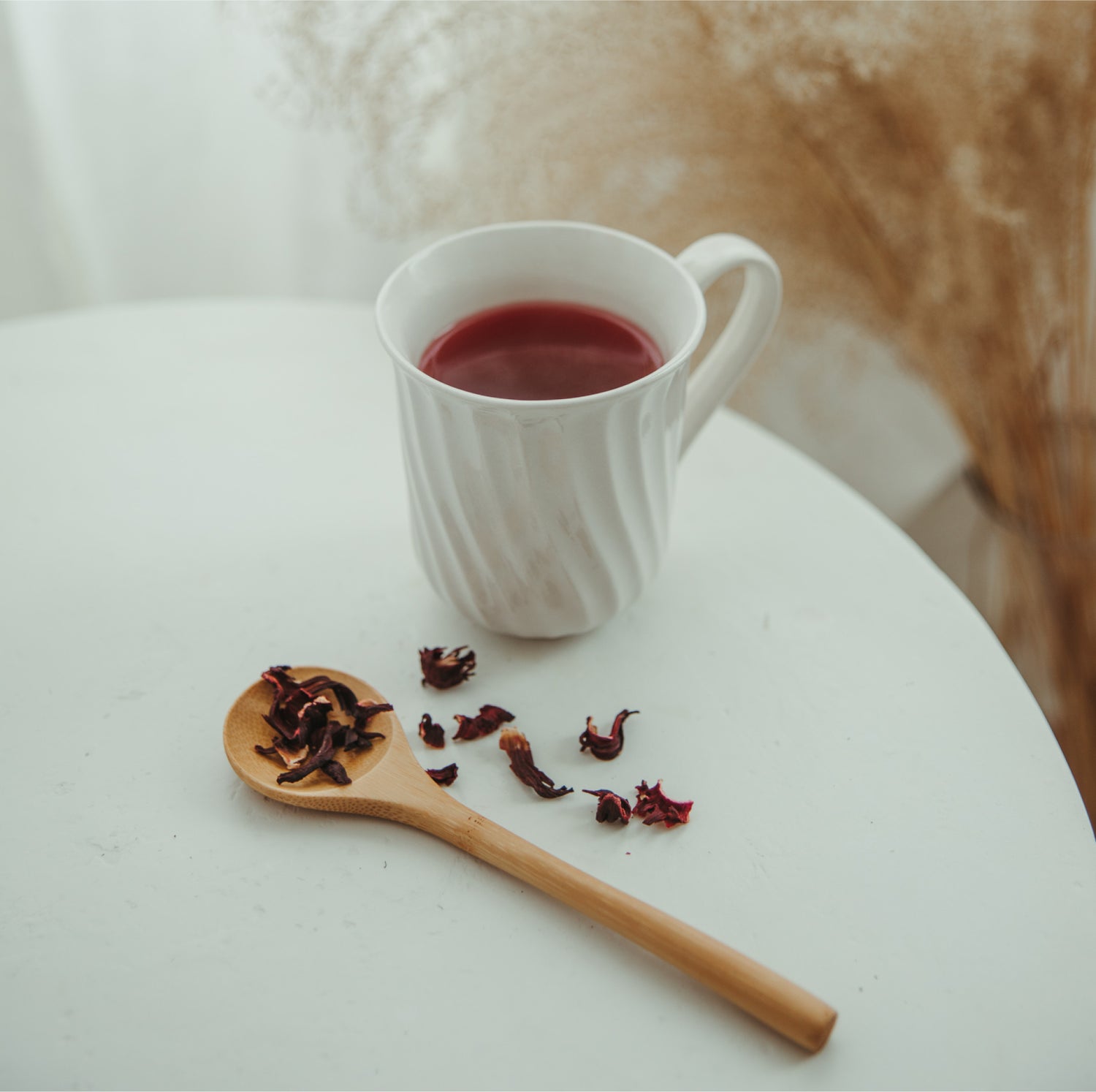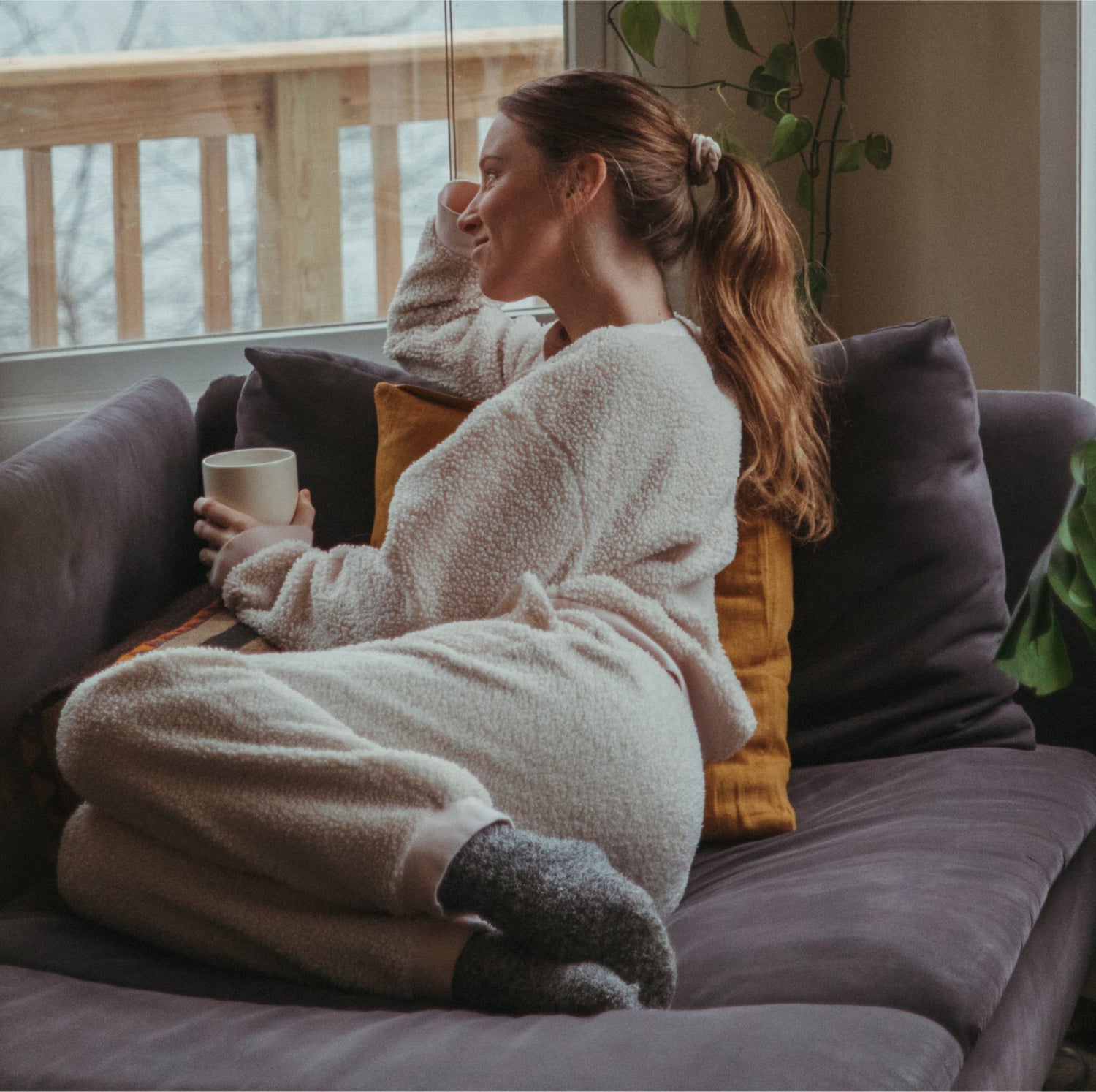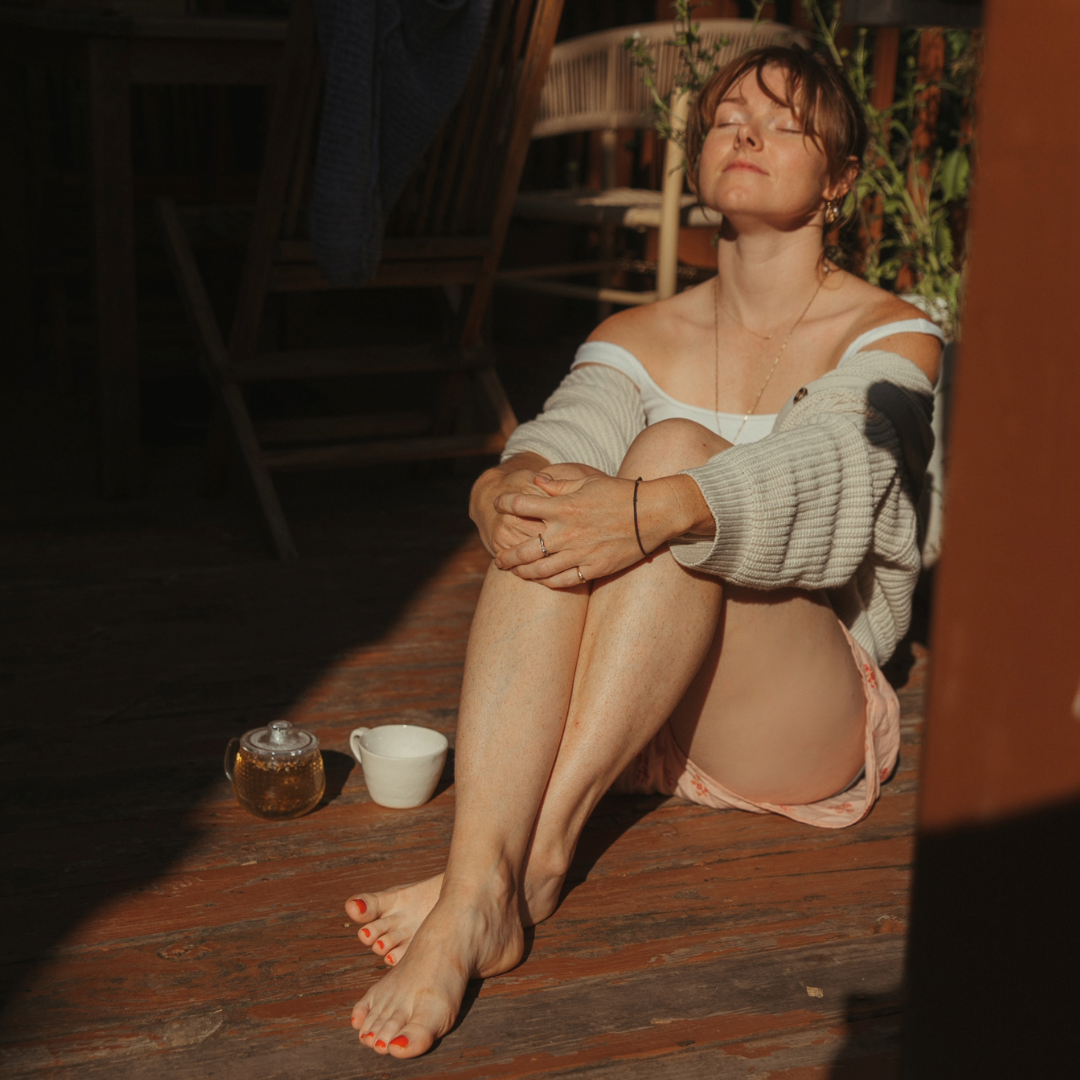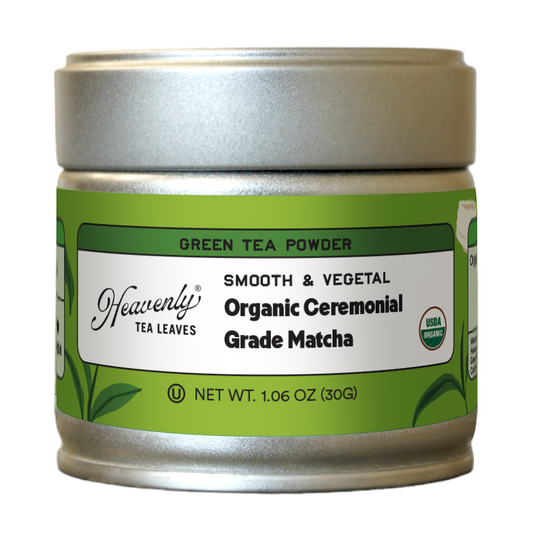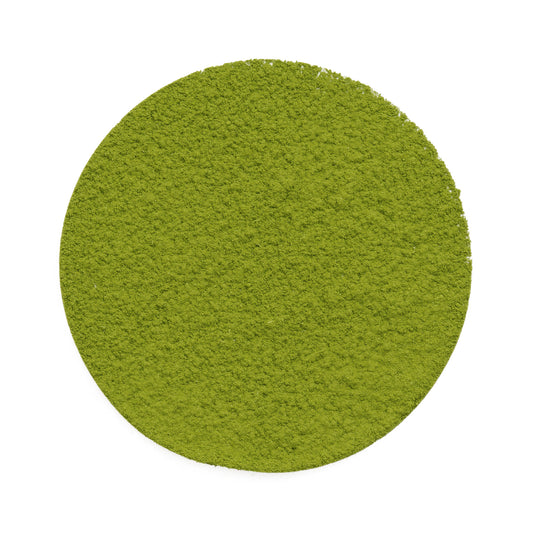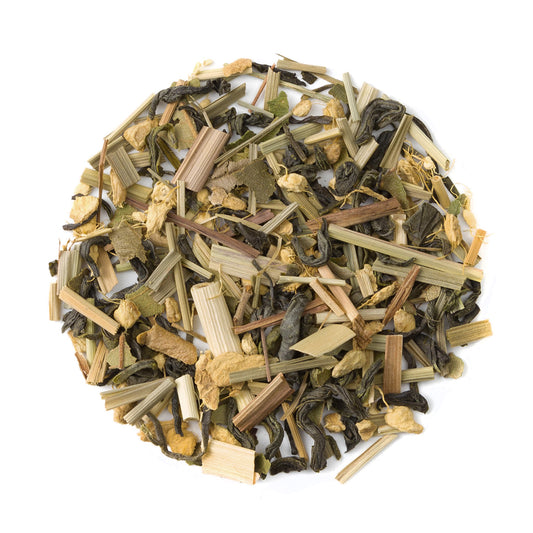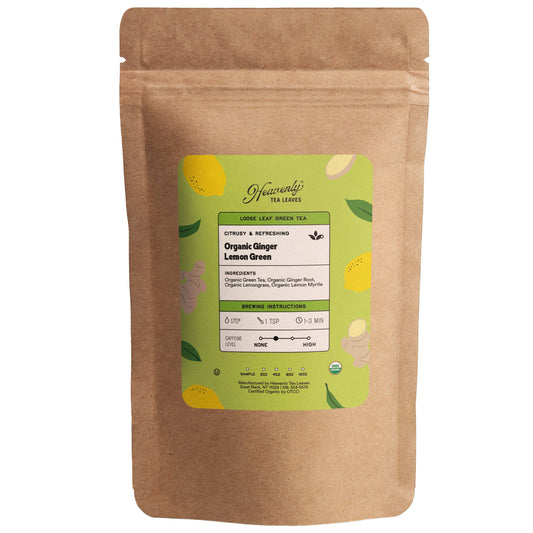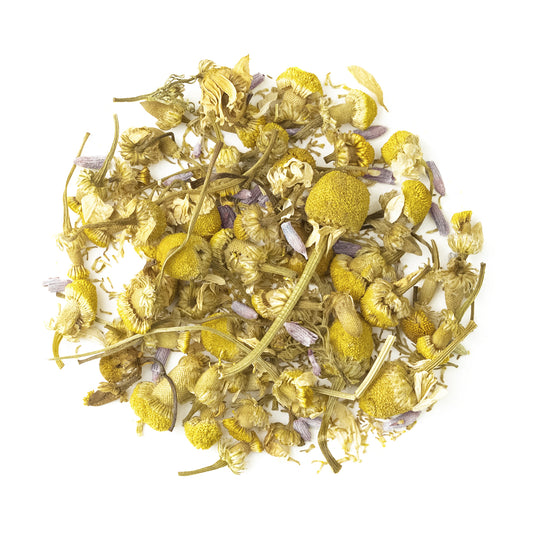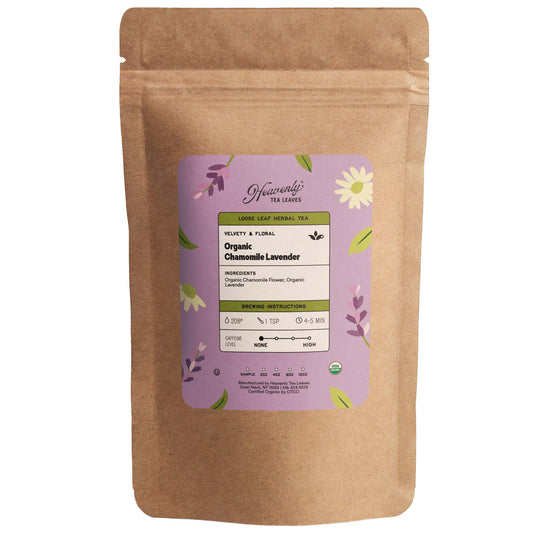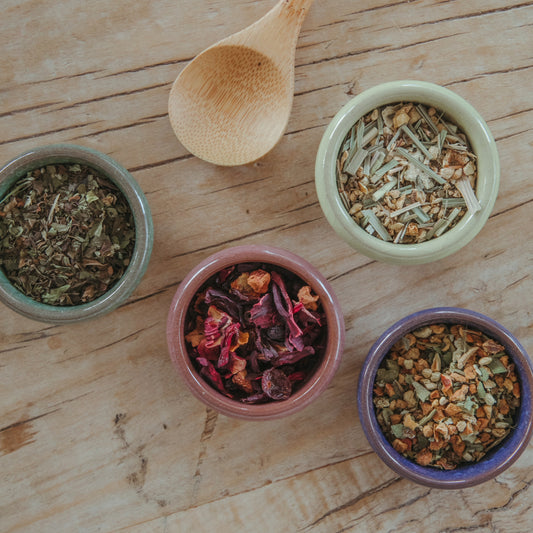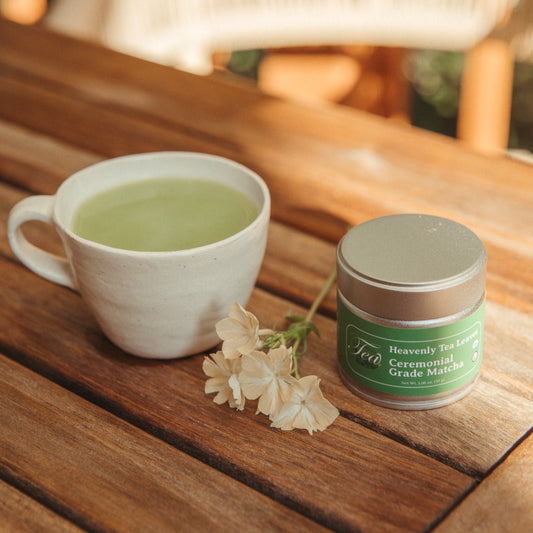Ever walk into the recovery room at a high-end spa? As you wander in wearing your plush white robe, you’re likely to be greeted with a bevy of hot and iced tea options along with other light and digestion-conscious refreshments, with traditional East Asian instrumental music humming in the background. (It’s nice to set the scene.)
And in formal tea ceremonies that in fact originated in East Asia, rituals that emphasized awareness in turn brought old-age versions of meditation to tea. So, how deep is the love story between tea and meditation?
The crux of meditation is this, according to Cleveland Clinic: “a practice that involves focusing or clearing your mind using a combination of mental and physical techniques. Depending on the type of meditation you choose, you can meditate to relax, reduce anxiety and stress, and more.” It makes sense, then, that a practice meant for winding down and improving concentration would be complemented by various types of tea—and in fact has been for centuries.
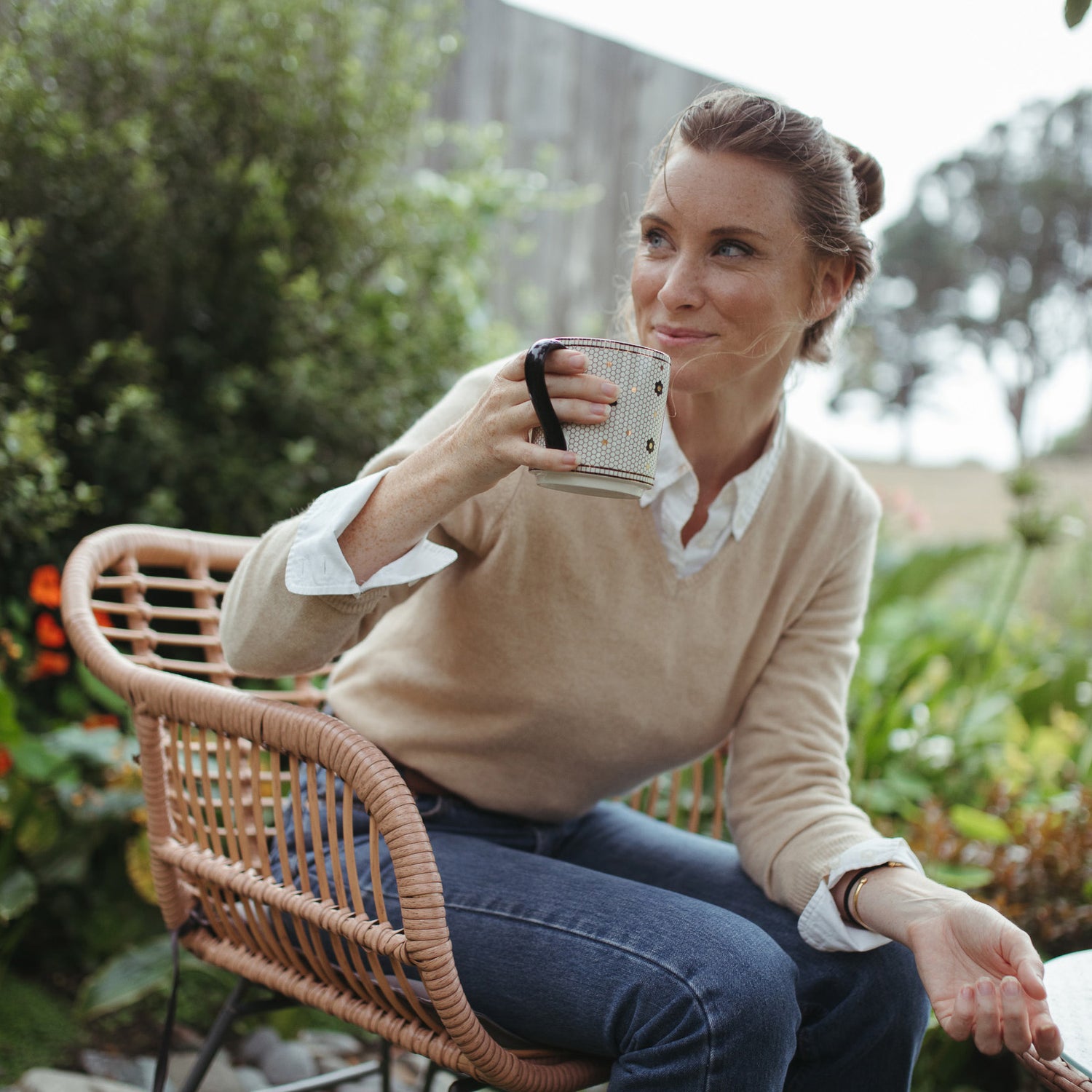
In the case of meditation, tea can act like a performance enhancer—or a mellow-maker. It can also be used to bolster concentration (Nothing’s better for this than the beloved Heavenly Tea Leaves matcha). It’s key to remember the range that tea can deliver—from naturally caffeinated and vibrant zingers like Ginger Lemon Green to herbal versions to relaxation-focused blends like Chamomile Lavender.
As mentioned by the Cleveland Clinic, meditation is also a useful tool for “adapting and overcoming emotions.” Tea is exactly the same if used correctly. A cup of the right type can help reduce anxiety and help you move past (or through) all types of emotions and experiences, familiar and otherwise. By making both tea and meditation a regular ritual, the emotional muscles that make us resilient and balanced are strengthened.
Even modern versions of ancient China and Japan-inspired tea ceremonies incorporate meditation, so that the two happen as one. In an article for Tea Journey, tea educator Suzette Hammond writes about the marriage of the two through influences from both Zen Buddhism and Taoism: “There is a popular quote amongst tea practitioners in Japanese traditions: ‘The taste of Tea and Zen are one.’ . . Tea is about abiding in the present moment, witnessing the reactive mind, and calmly learning to accept and be with what is. Such ideas are not limited only to Japan’s teachings and history, but can also be found at the core of intentional tea living and tea sharing throughout Asia, including China, Korea and Vietnam. To offer the simplest explanation, tea is considered a ‘Way’ (dao), a path of deep study or devotion that carries you in this life.”
One form of ceremony, called Gong Fu, includes breathwork, acknowledgment practices and using all the senses to to engage with a brewed cup of tea—usually green if you’re going traditional. The library of UC Davis even offers a full guided video and podcast and the melded practice.
“Of all of its adaptations, tea is perhaps most impressive for its universal appeal and utility.”
Japanese versions, which of course favor matcha, also focus on reaching a state of zen while mixing in unique elements of Japanese culture. According to the well-being publication Me Time Away, “Zen Buddhism played an important role in the creation of the tea ceremony, aligning the values of harmony, humility, self-transformation and spiritual awakening with the ritual of tea making . . . The values of Wabi Sabi (another Japanese life philosophy) also come into play during tea ceremonies, placing emphasis on inner, spiritual experiences; natural materials and ceramics inspired by the natural world; mellow beauty; stillness; and the perfectly imperfect nature of life.
”At the right temperature, with the correct blend of ingredients and additions, setting, company, preparation and handling, tea can be a vehicle for taking solitude or a celebration to the next level.
